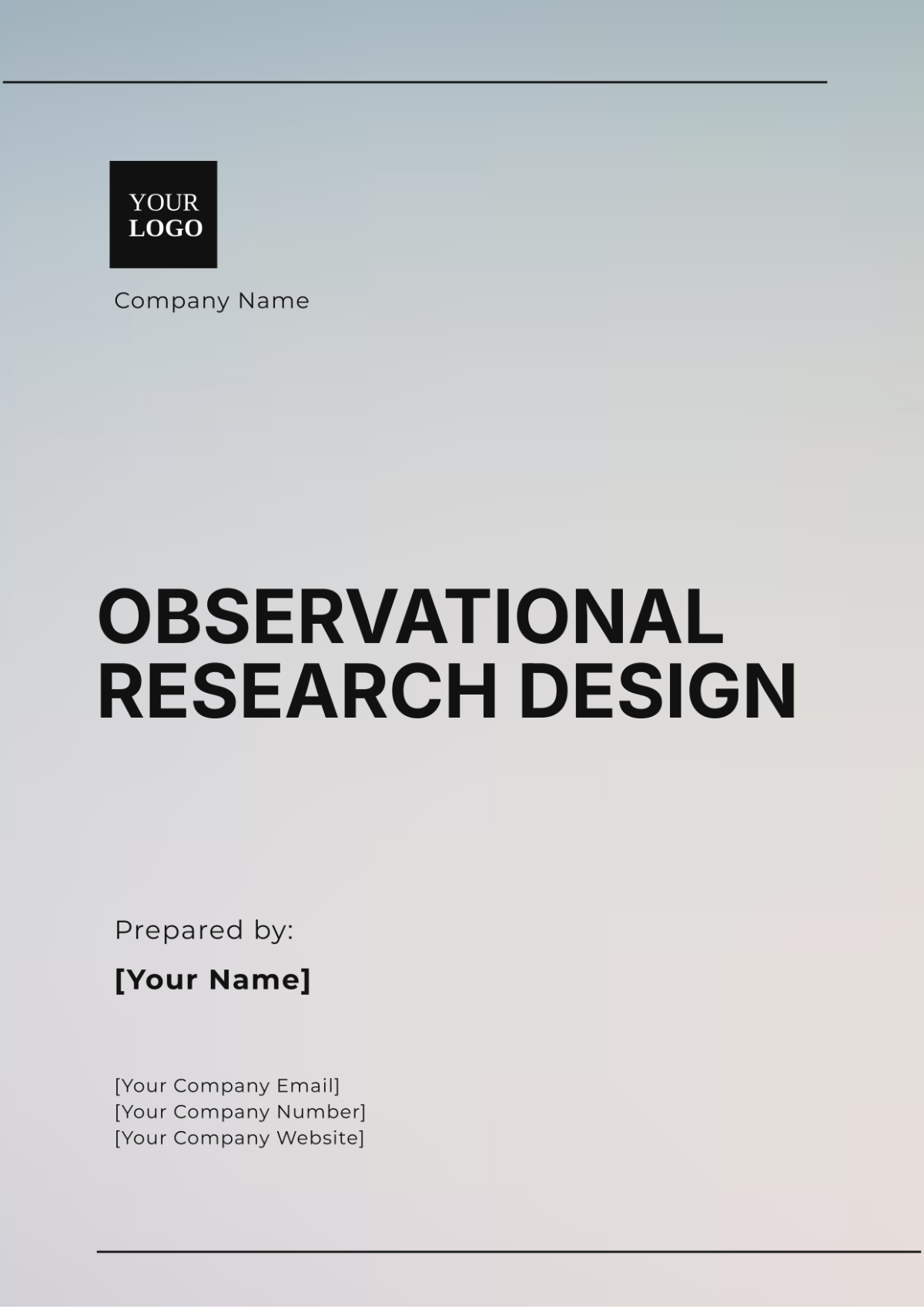Semantic Themes Quantitative Research
Topic: Consumer Sentiment Toward Electric Vehicles (EVs)
1. Introduction
Electric vehicles (EVs) are at the forefront of the transition to sustainable transportation. Understanding consumer sentiment is vital for automakers, marketers, and policymakers as adoption rates increase. This research quantifies common themes in consumer opinions on EVs, sourced from social media, customer reviews, and survey responses. These insights will help identify opportunities and challenges in the EV market.
2. Research Questions
What are the dominant themes in consumer sentiment regarding EVs?
How do these themes differ across demographic groups and regions?
What factors drive positive and negative perceptions of EVs?
3. Methodology
3.1 Data Collection
Data Sources:
Source | Volume | Timeframe | Key Data Points |
|---|---|---|---|
Social Media | 10,000 posts | Last 12 months | Mentions of "electric vehicles," "EVs," associated hashtags |
Customer Reviews | 2,500 reviews | Last 24 months | Product reviews from major online retailers for various EV models |
Survey Responses | 1,000 responses | Last 6 months | Structured survey responses from EV owners and potential buyers |
3.2 Thematic Coding
Thematic Coding Process:
Text Preprocessing: Data cleaned for irrelevant information, and standardized for analysis.
Natural Language Processing (NLP): Applied NLP tools to identify and extract key themes.
Categorization: Themes grouped into broader categories: Environmental Impact, Cost, Performance, Charging Infrastructure, and Technology.
Quantification: Frequency analysis was conducted to determine the prevalence of each theme.
3.3 Quantitative Analysis
A. Tools Used:
NLP Tool: Python-based libraries such as NLTK and SpaCy.
Data Analysis: Performed using Python’s Pandas and NumPy libraries.
Visualization: Created charts using Matplotlib and Seaborn.
B. Metrics Analyzed:
Theme Frequency: Percentage of total mentions per theme.
Sentiment Analysis: Scored on a scale of -1 (negative) to +1 (positive).
Demographic Breakdown: Age, Gender, Region.
4. Results
4.1 Theme Frequency
Theme | Frequency (%) | Sentiment Score | Key Insights |
|---|---|---|---|
Environmental Impact | 25% | +0.90 | Strong positive sentiment, focus on reducing carbon footprint and pollution. |
Cost | 20% | -0.40 | Concerns about high purchase prices and perceived lack of affordability. |
Performance | 18% | +0.80 | High satisfaction with acceleration, smooth driving, and overall performance. |
Charging Infrastructure | 15% | -0.30 | Issues with charging station availability, speed, and reliability. |
Technology | 12% | +0.50 | Mixed views on advanced features, some frustration with technical glitches. |
4.2 Demographic Variations
Theme Prevalence by Age Group:
Age Group | Environmental Impact (%) | Cost (%) | Charging Infrastructure (%) | Technology (%) |
|---|---|---|---|---|
18-35 | 20% | 15% | 10% | 30% |
36-55 | 30% | 25% | 20% | 5% |
55+ | 35% | 20% | 20% | 10% |
Regional Breakdown:
Region | Environmental Impact (%) | Cost (%) | Charging Infrastructure (%) | Technology (%) |
|---|---|---|---|---|
North America | 22% | 18% | 25% | 15% |
Europe | 30% | 15% | 20% | 10% |
Asia-Pacific | 25% | 25% | 15% | 20% |
4.3 Sentiment Analysis
Overall Sentiment by Theme:
Theme | Positive Mentions (%) | Negative Mentions (%) | Neutral Mentions (%) |
|---|---|---|---|
Environmental Impact | 90% | 5% | 5% |
Cost | 30% | 60% | 10% |
Performance | 80% | 15% | 5% |
Charging Infrastructure | 20% | 70% | 10% |
Technology | 50% | 30% | 20% |
5. Discussion
The analysis highlights that Environmental Impact and Performance are the strongest positive themes, particularly among younger consumers and those in Europe. Conversely, Cost and Charging Infrastructure are major barriers, especially in North America and among older demographics.
Key Observations:
Environmental Impact: Strong positive sentiment across all demographics, especially older consumers.
Cost: Significant concern, especially among middle-aged consumers, with a high percentage of negative mentions.
Performance: High satisfaction, with younger consumers and those in Europe particularly positive.
Charging Infrastructure: Major concern across all regions, with negative sentiment predominating.
Technology: Mixed sentiment, with younger consumers appreciating advanced features but also reporting more technical issues.
6. Conclusion
This research reveals that while EVs' environmental benefits and performance are well-received, significant challenges remain in terms of cost and infrastructure. These findings suggest targeted strategies are needed to address these barriers, particularly for middle-aged consumers and in regions like North America.
7. Recommendations
7.1 For Automakers:
Cost Reduction: Explore options for lowering the cost of EVs, such as developing more affordable models or offering financing options.
Performance Marketing: Highlight the superior driving experience of EVs, particularly to younger demographics.
7.2 For Marketers:
Environmental Messaging: Emphasize the environmental benefits of EVs, particularly in campaigns targeting older consumers.
Tech-Savvy Outreach: Develop marketing materials that address both the benefits and challenges of EV technology, aimed at younger audiences.
7.3 For Policymakers:
Infrastructure Development: Invest in expanding and improving charging infrastructure, especially in underserved regions.
Incentives: Consider offering financial incentives to make EVs more affordable to a broader consumer base.
8. References
Social Media Data: Collected from Twitter and Facebook API over the past 12 months.
Customer Reviews: Aggregated from major online retailers like Amazon, Best Buy, and EV-specific forums.
Survey Responses: Conducted using SurveyMonkey, targeting a balanced demographic sample.

















































